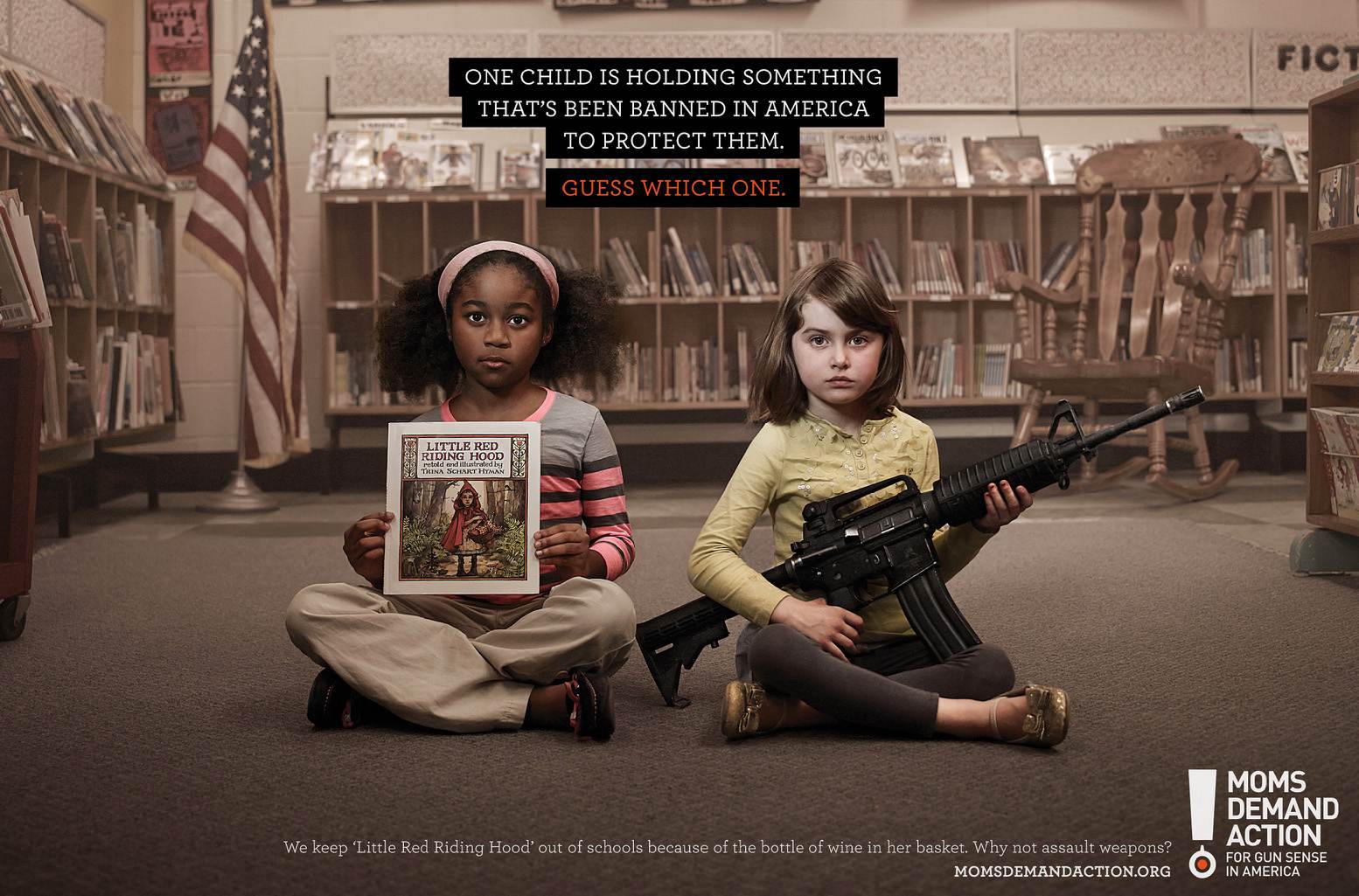Amid criticism about her “multitude” of boyfriends, the Kanye West VMAs scandal, and ongoing accusations that she wasn’t “pulling her weight” in songwriting sessions, Taylor Swift was crafting her third studio album, Speak Now. Her response to the doubters? Writing the album entirely on her own and holding nothing back. As she put it in a promotional video, “[t]his time, [she’s] naming names.”
In contrast to the wide-eyed idealism she displayed in both Debut and Fearless, in Speak Now, Swift is wiser, jaded, and thoroughly disenchanted. Among the lyrical highlights of this record, the song “Dear John” stands out in her discography as one of her most caustic songs, sharing her experiences as a 19-year-old in a relationship with “an expert at sorry and keeping lines blurry” but reminding him that she “took his matches before fire could catch [her].” Her tone is wounded but triumphant, and she turns to vengeance as opposed to her typical strategy of wallowing. This spite is most evident in “Better Than Revenge,” where Swift vows to retaliate against a girl who she believes wronged her. Swift is authentically herself on this record, flourishing her intelligence and resilience, but also her pettiness, making the album feel that much more authentically “teenage.”
Swift also proves with this record, however, that she has retained her ability to dream despite the challenges she has faced. Songs like “Mine,” “Timeless,” and “Enchanted” romanticize imaginary relationships and trivial encounters with strangers, transforming them into magical tales. In “I Can See You,” “Superman,” “Ours,” and “Sparks Fly,” she muses about idealized love interests, and in the title track “Speak Now,” she even playfully ponders a scenario where – as a gesture of unbridled romance – she interrupts an ex’s wedding in order to win him over again.
Despite her veil of vindictiveness, Swift is heartbroken and vulnerable from the failed relationships depicted in the album. In “The Story of Us” and “Haunted” she expresses her frustration and her confusion in the aftermath of a breakup, summarizing perfectly the feelings of so many people in the same position. Unlike her previous work, “Last Kiss,” which is arguably one of her most moving songs ever, contains no hope or begrudging optimism; rather, with shaky breaths and a quivering voice, she simply delivers a lament to the man whose name is “forever the name on her lips.” In the song “Back to December,” she even goes as far as crafting a heartfelt apology taking responsibility for ending a good relationship and asking for forgiveness. This maturity is carried over to “Innocent,” the most frequently overlooked track on the album but also one of my personal favorites, in which she does the seemingly impossible and grants Kanye West her forgiveness for his actions at the VMAs. With this song, she proves that she is still the kind-hearted version of herself that people grew to love when she first rose to stardom.
The thesis of this album is undeniably from the closing track of the original record, “Long Live,” dedicated exclusively to her fans, in which she sings “[l]ong live all the mountains we moved / I had the time of my life fighting dragons with you.” From the fairytale imagery of battling mythical figures to the realism of acknowledging the struggles she has overcome, she attributes her success to the people who supported her through it all. Speak Now (Taylor’s Version) is an album of angst, growth, tragedy, fury, vindication, and above all: gratitude.
![Taylor Swift - Speak Now (Taylor's Version) [2 CD] - Amazon.com Music](https://m.media-amazon.com/images/I/71QgmF3cnEL._UF1000,1000_QL80_.jpg)

![Taylor Swift - Speak Now (Taylor's Version) [2 CD] - Amazon.com Music](https://m.media-amazon.com/images/I/71QgmF3cnEL._UF1000,1000_QL80_.jpg)

